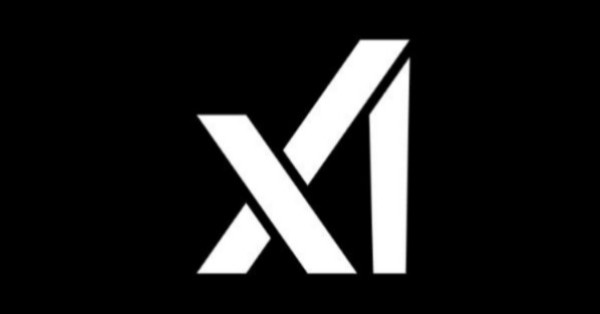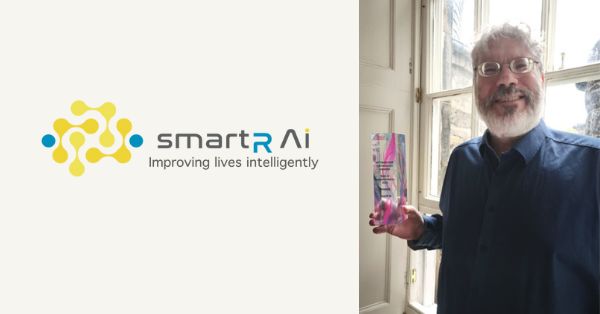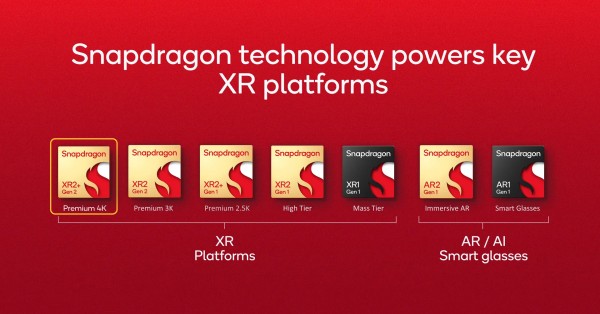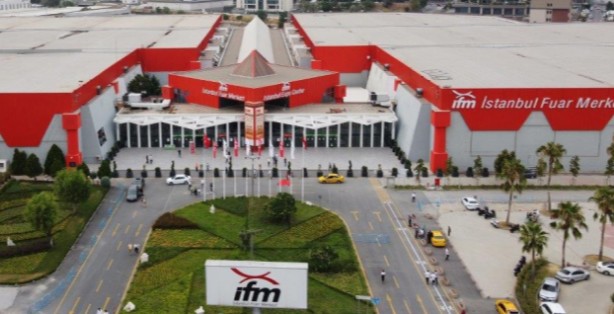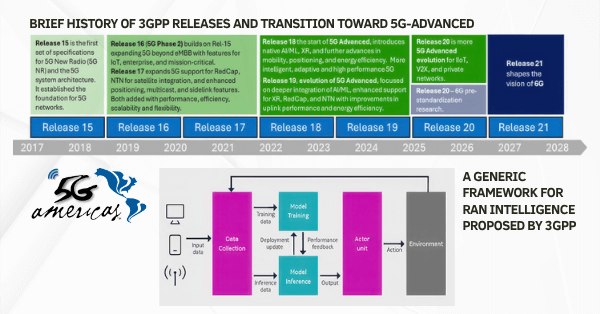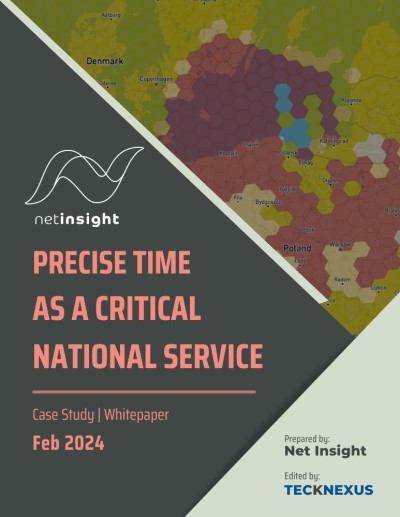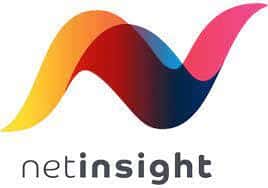Elon Musk’s generative AI company, xAI, is reportedly seeking to raise an additional $4.3 billion through an equity offering. This comes on top of the $5 billion in debt financing Musk has been pursuing for the combined entity of his social platform X and xAI, according to a Bloomberg report.
New Equity Raise Builds on xAI’s $6 Billion Investment
This latest fundraising round signals that xAI is once again tapping investors after securing a massive $6 billion investment in late 2024. Reports suggest the company has spent a significant portion of that capital, driven by the high costs associated with developing and scaling advanced AI models and infrastructure.
xAI is the creator of Grok, an AI chatbot integrated within the social network X, and Aurora, an image generation tool. Both products demand substantial computing power and large-scale data processing, contributing to high operational expenses.
xAI Combines Debt and Equity to Accelerate AI Development
According to materials shared with potential backers, xAI’s fresh equity target adds to the $5 billion debt raise Bloomberg previously reported. Together, this capital injection aims to strengthen the startup’s financial position and fuel ongoing product development and infrastructure expansion.
Earlier this month, Bloomberg revealed that xAI was also planning a $300 million share sale targeting new investors. This multi-pronged fundraising effort reflects Musk’s strategy to balance debt and equity funding while preserving the company’s long-term valuation.
xAI’s Soaring Valuation and Data Center Expansion
In late 2024, xAI’s $6 billion funding round valued the company at around $50 billion. A significant part of that capital went into building a massive data center in Memphis. This facility reportedly uses 100,000 of Nvidia‘s powerful H100 GPUs — a critical resource for training generative AI models like Grok.
In March, Musk executed an all-stock deal to acquire social network X through xAI, boosting the company’s valuation to $113 billion. This bold move consolidated Musk’s efforts in social media, generative AI, and data infrastructure under one entity.
Tesla’s Possible Stake in xAI
Adding another layer to this complex funding landscape, Musk has floated the idea of Tesla investing $5 billion into xAI. He suggested the proposal to Tesla’s board after a majority of fans backed the idea in an online poll last July. If approved, this could intertwine Tesla’s financial muscle with xAI’s tech ambitions, further diversifying Musk’s business empire.
xAI Forecasts $13 Billion Revenue by 2029
xAI has aggressive financial projections. According to documents prepared by its banker, Morgan Stanley, the startup expects to generate $13 billion in annual earnings by 2029. These figures highlight the scale at which xAI plans to operate and the market share it aims to capture in the booming AI and chatbot space.
Investors Back xAI Despite High Burn Rate
While the demand for generative AI technology continues to grow, the cost of development and operations remains a challenge. Maintaining high-end GPU clusters and data centers requires constant capital flow. This reality explains why Musk’s xAI is pursuing both debt and equity avenues to maintain momentum and compete with other major players in the AI space.
Investor documents indicate that while some previous backers have expressed concern over the rapid capital burn, the promise of high returns and Musk’s track record keep the funding taps open.
What Lies Ahead for Elon Musk’s xAI?
Musk’s ambitious vision for xAI extends beyond chatbots and image generators. Analysts believe the company is positioning itself to compete with major AI players like OpenAI and Google’s DeepMind. By embedding its AI tools directly into the X platform, Musk aims to create a unique ecosystem blending social interaction and generative AI capabilities.
In the coming months, investors and industry watchers will keep a close eye on how xAI leverages the new funds, manages its burn rate, and executes its growth strategy amid increasing competition and regulatory scrutiny.
Stay tuned as Musk’s xAI continues to shape its place in the evolving AI market.



